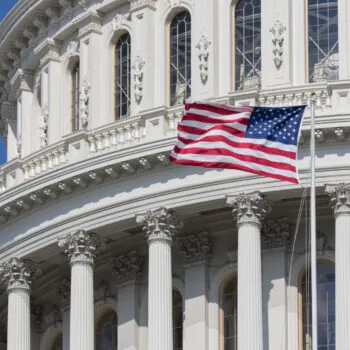As the dust settles in Washington after the 2024 edition of the WBG/IMF Spring Meetings, there may be some differences of opinion about the next steps needed. However, what seems to be crystal clear is that country platforms (together with a wider set of related concepts focused on national economic transitions to climate safety, e.g. national transition plans, NDC investment plans) were a hot topic all around.
From donor countries like Germany and the United Kingdom convening a high-level brainstorming session to discuss the future of JETPs, to the Brazilian G20 Presidency hosting an official side event on country platforms and innovative financial instruments, and the MDB heads discussing this very issue during their retreat this past Saturday, it is clear there is a growing momentum to learn from the JETP model and to create an institutional scaled up approach to country-led donor coordination.
The question is – can this fresh energy around country platforms precipitate the long-awaited promise of these structures to deliver on development needs AND climate action at the national level? Or, will the comeback of the country platform concept fall flat on its hopeful face? The answer to this question can be fairly described as ‘work in progress’.
The first issue to resolve is the terminology (or lack thereof) and the need to reach a minimum common definition of what everyone is talking about here, which still allows for enough flexibility to work within and across different fora, such as the UNFCCC, G20 or MDBs and the broader Public Development Bank (PDB) ecosystem.
Secondly, there is some way yet to go in achieving convergence of discussions across fora. Brazil, as G20 and COP30 President, can facilitate this convergence by working closely with the COP29 Presidency as well as the upcoming South African G20 Presidency and the MDB heads.
IDB President Ilan Goldfjan, also Brazilian and at the helm of the rotating Presidency of the MDB heads, has been spearheading the development of country platforms in the Latin American and Caribbean region and amongst the MDBs. The question of how MDBs (and the broader PDB ecosystem) can support the implementation of country platforms is important, and so is the role that climate funds can play. In that context, Brazil and the US are both well placed to make this link, given the Climate Funds Review happening under the G20 Sustainable Finance Working Group.
Thirdly, for country platforms at scale to be a realistic possibility there is a clear need for coordinated technical assistance and capacity-building support by donors, development agencies, and PDBs to developing countries as they draft and update their Nationally Determined Contributions (NDCs), Long Term Strategy (LTS), National Biodiversity Strategies and Action Plans (NBSAPs), National Adaptation Plans (NAPs) whilst connecting these international commitments with national priorities as reflected in their respective National Development Plans.
Country ownership is the distinctive feature of the country platform concept and was continuously mentioned in discussions last week as the key ingredient required to even dream of success. It is, therefore, excellent news that the Spring Meetings not only saw donor countries stating an interest in the development of a set of ‘next generation’ pilots, but also that champions stepped forward for this idea among developing countries. For example, Kenya, Colombia and Brazil, amongst others, highlighted the work that they are already doing to develop their own national platforms.
It will become clearer in the coming months whether the country platform idea can live up to the expectations now placed upon it. In the meantime, donor and developing countries should build on the momentum and signals from last week to rapidly collaborate on creating pilot projects. Together, they can forge a path where development and climate resilience converge, proving that progress towards climate-safe sustainable development is not just possible but imperative.


